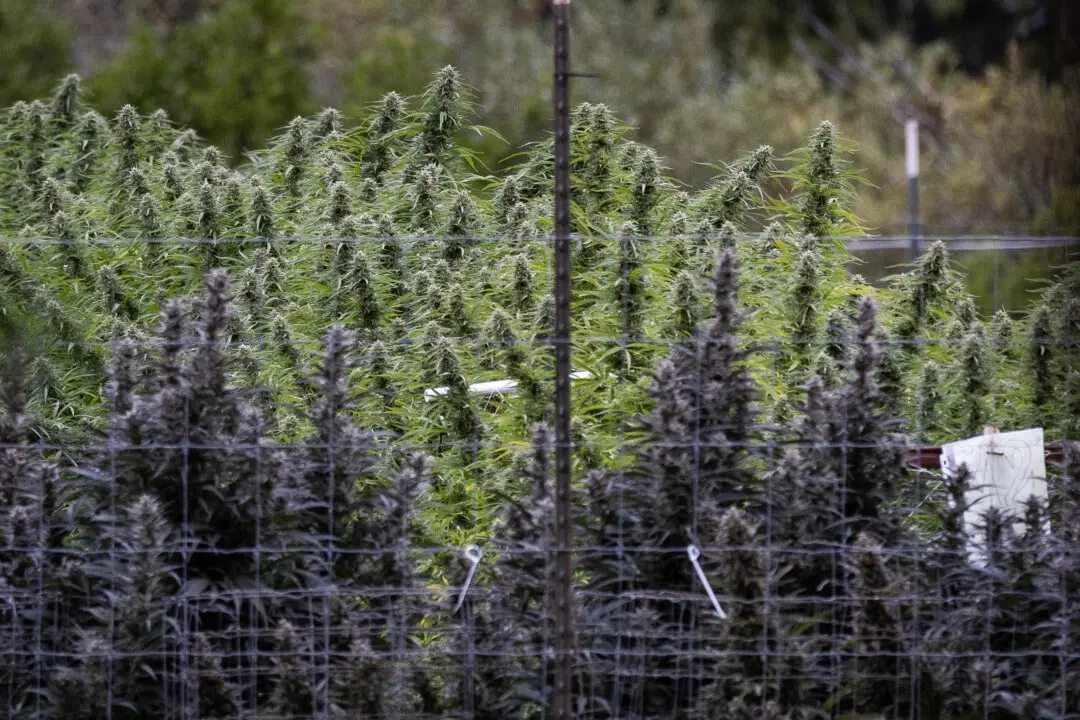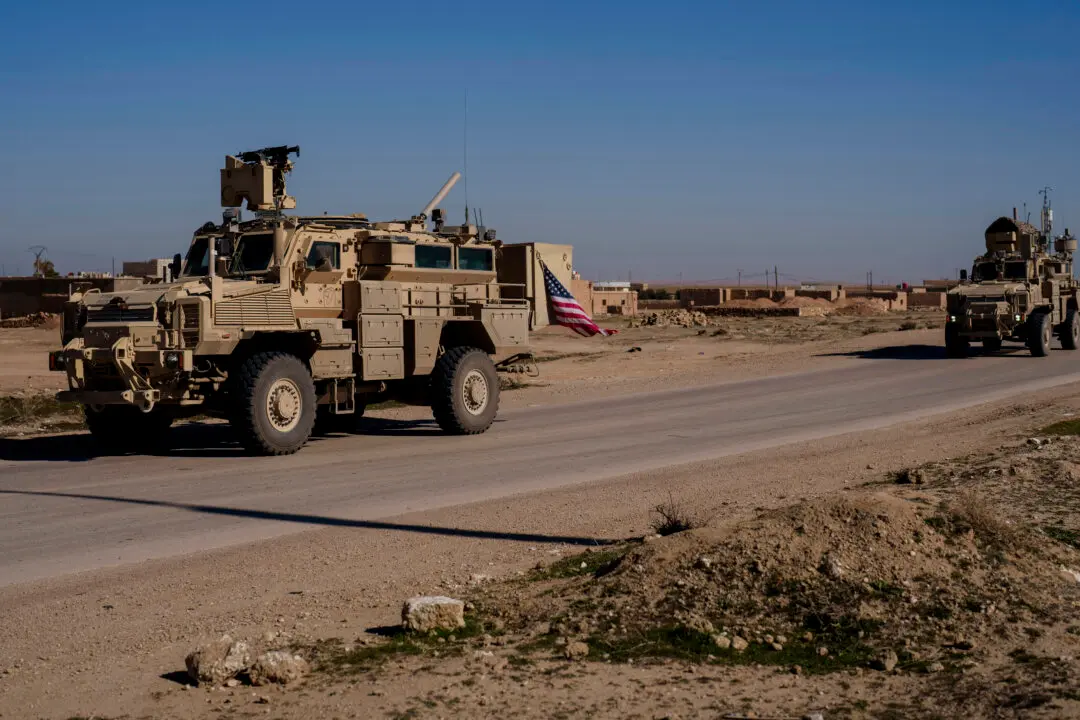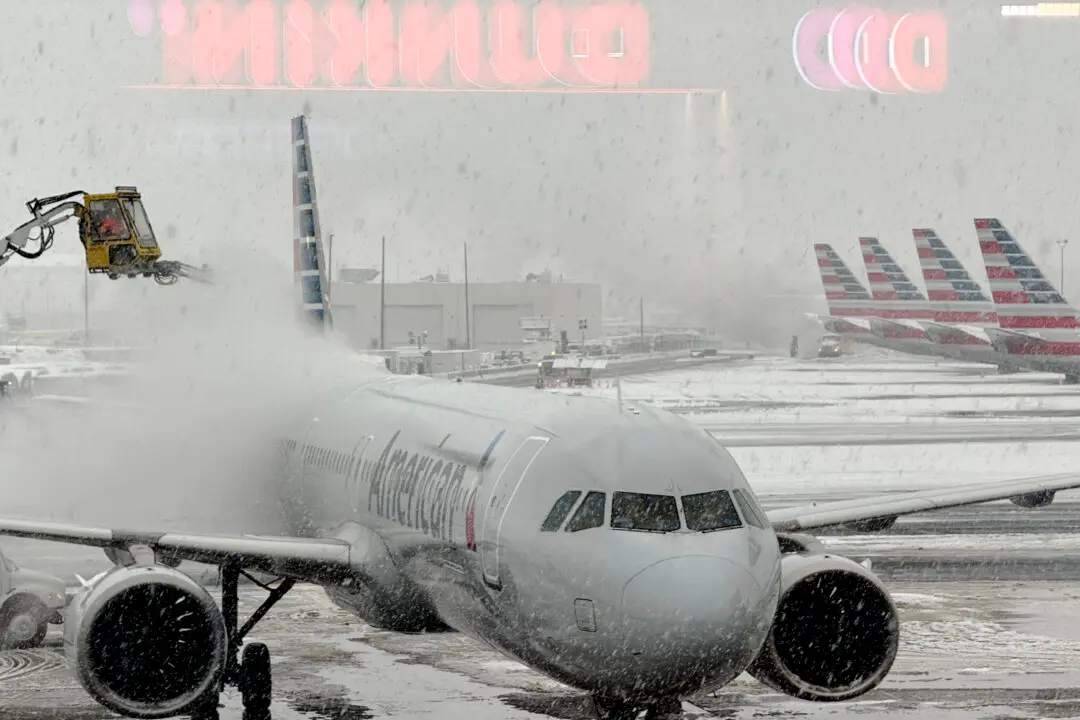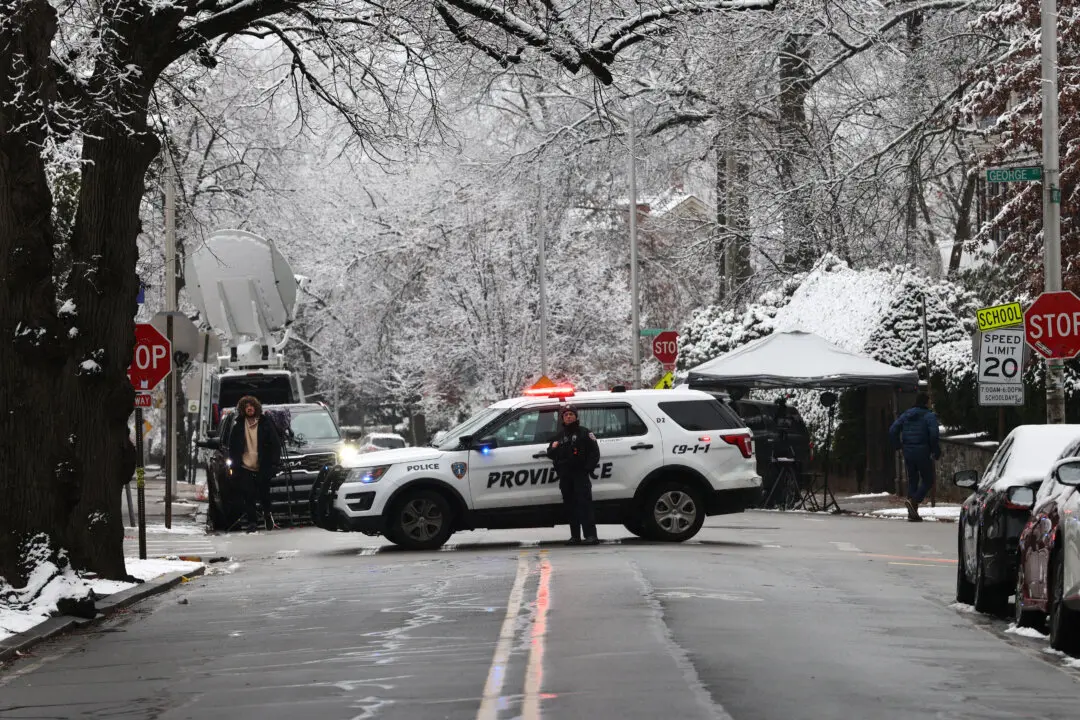The terrestrial return of Boeing’s new Starliner spacecraft has been delayed to June 18 as mission analysts probe issues that could affect the capsule’s reentry, NASA and Boeing said on June 11.
The CST-100 Starliner was originally slated to undock from the International Space Station (ISS) on June 14 before returning to Earth. Boeing and NASA launched the capsule with two crew members, Barry Wilmore and Sunita Williams, on June 5.





